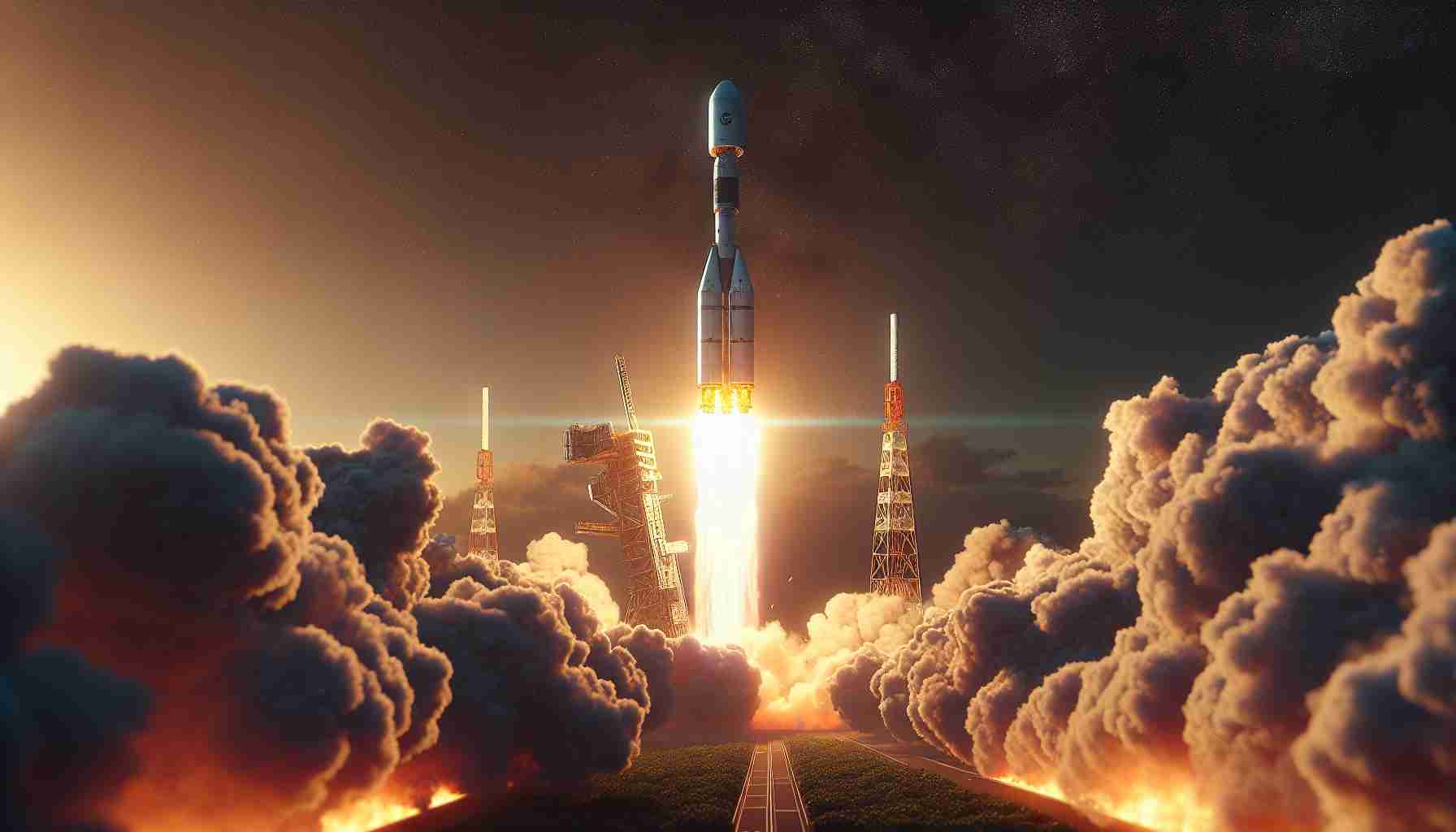- Japan successfully launched the H3 rocket, enhancing its GPS capabilities with the Michibiki 6 satellite.
- The launch from Tanegashima Space Center is a significant milestone for Japan, marking its first mission of 2025.
- The Michibiki 6 satellite is set to improve navigation services across the region.
- With a length of 63 meters, the H3 rocket features adaptable configurations for various payloads.
- This successful launch follows a challenging inaugural flight, demonstrating the rocket’s reliability.
- Japan aims to develop an 11-satellite system and plans to engage in landmark asteroid missions.
- The Resilience lander, launched by the private company ispace, further signifies Japan’s growing ambitions in space exploration.
In a stunning display of innovation, Japan’s H3 rocket blasted off early Sunday, carrying the Michibiki 6 navigation satellite into orbit, significantly enhancing the nation’s GPS capabilities. The Mitsubishi Heavy Industries (MHI) rocket launched from Tanegashima Space Center at 3:30 a.m. ET, sending the 1,900-kilogram satellite soaring 35,786 kilometers into the sky to join Japan’s Quasi-Zenith Satellite System.
Designed to boost positioning accuracy, the Michibiki 6 will help refine navigation services across the region, making Japan a powerhouse in satellite technology. This launch marks a significant milestone as it is Japan’s first of 2025, with past setbacks forgotten in the wake of success.
The H3 rocket, a marvel of engineering stretching 63 meters long, features adaptable configurations to meet various payload needs. Following its troubled inaugural flight in March 2023, which ended with a controlled destruction of its stage, the H3 has rebounded to prove its reliability in subsequent launches.
This breakthrough comes as Japan eyes a broader future with plans for an 11-satellite system and landmark missions to asteroids for the UAE. Meanwhile, the Resilience lander, launched by the private firm ispace, is making its own historic journey toward the Moon, showcasing Japan’s expanding role in space exploration.
The takeaway? Japan’s commitment to advancing satellite technology not only boosts its GPS reliability but also strengthens its position in the global space race. Keep an eye on the skies—Japan is reaching new heights!
Japan’s Space Innovation: The H3 Rocket and Michibiki 6 Satellite Launch
Japan’s H3 Rocket Launches Michibiki 6 into Orbit
In a remarkable demonstration of technological prowess, Japan’s H3 rocket successfully launched the Michibiki 6 navigation satellite into orbit on Sunday, significantly upgrading the country’s GPS capabilities. Launched from the Tanegashima Space Center at 3:30 a.m. ET, the satellite, weighing 1,900 kilograms, ascended to an impressive altitude of 35,786 kilometers, joining Japan’s Quasi-Zenith Satellite System. This advancement is poised to enhance positioning accuracy and navigation services throughout the region.
Key Features of the H3 Rocket
The H3 rocket is a fusion of versatility and power, stretching 63 meters long and boasting adaptable configurations to accommodate various payloads. After a problematic inaugural flight in March 2023—which ended with a controlled destruction of its first stage—the H3 has proven its reliability through successful subsequent launches.
Future Prospects and Innovations
Japan’s ambitions extend further, with plans for an extensive 11-satellite system aimed at elevating its role in global space exploration. Additionally, innovative initiatives include missions targeting asteroids and the ongoing journey of the Resilience lander, launched by the private firm ispace towards the Moon.
3 Most Important Related Questions
1. What are the implications of the Michibiki 6 for Japan’s GPS capabilities?
– The Michibiki 6 satellite significantly enhances positioning accuracy, providing improved navigation services that consolidate Japan’s role as a leader in satellite technology. This boost is crucial for both commercial applications and national security.
2. What challenges did the H3 rocket face before its successful launch?
– The H3 rocket’s inaugural flight in March 2023 encountered multiple issues, culminating in the controlled destruction of the rocket’s first stage. However, the subsequent successful launches have established its reliability, showcasing advancements in engineering.
3. How does Japan’s space strategy compare to other nations?
– Japan’s comprehensive approach to satellite technology and exploration positions it competitively against global leaders such as the U.S. and China. The emphasis on a robust satellite network and ambitious missions (like the planned asteroid missions) highlights Japan’s strategic investments in aerospace innovation.
Market Insights and Predictions
With the global satellite market expected to grow significantly, Japan’s advancements in GPS and satellite technology could lead to increased partnerships and collaborations in international space projects. The continued evolution of the H3 rocket will also contribute to Japan’s capabilities, potentially making it a valuable player in international space ventures.
Suggested Related Links
– Japan Aerospace Exploration Agency (JAXA)
– Mitsubishi Heavy Industries (MHI)







